
UNIVERSIDAD AUTÓNOMA DE NUEVO LEÓN
SECRETARÍA DE SUSTENTABILIDAD
Biological wealth of arid and semi-arid areas

On many occasions, arid and semi-arid areas are associated with inhospitable, lifeless or desolate environments; However, these ecosystems are home to a great wealth of wild flora and fauna species, some of which are endemic and others are in danger of extinction, which is why they are considered regions of great biological relevance.
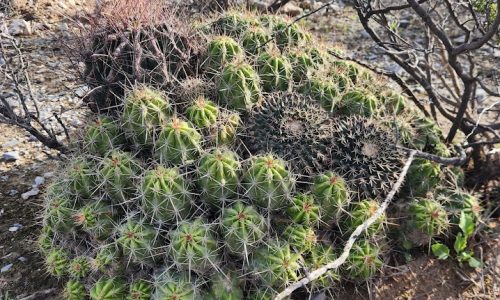
Arid and semi-arid zones occupy more than 40% of the national territory, covering around 56.92 million hectares, where, according to estimates from the National Commission of Arid Zones (CONAZA), 18% of the total population of Mexico lives. in that type of ecosystems. Geographically, they are located mainly in the northern and central regions of the country, in the states of Aguascalientes, Baja California, Baja California Sur, Chihuahua, Coahuila, Durango, Nuevo León, San Luis Potosí, Sonora and Zacatecas, although it is also possible to find them in the south. in the states of Puebla and Oaxaca (CONAFOR, 2018).
The type of vegetation with the greatest presence in these areas is xeric scrub; however, due to the variation in temperature and precipitation patterns that occur, coupled with the variation in soil types that exist, arid areas have a high biological diversity, as well as a high number of endemic species (García-Hernández and Jurado, 2008; Granado Sanchez, 2011; Rivera et. al. 2004).
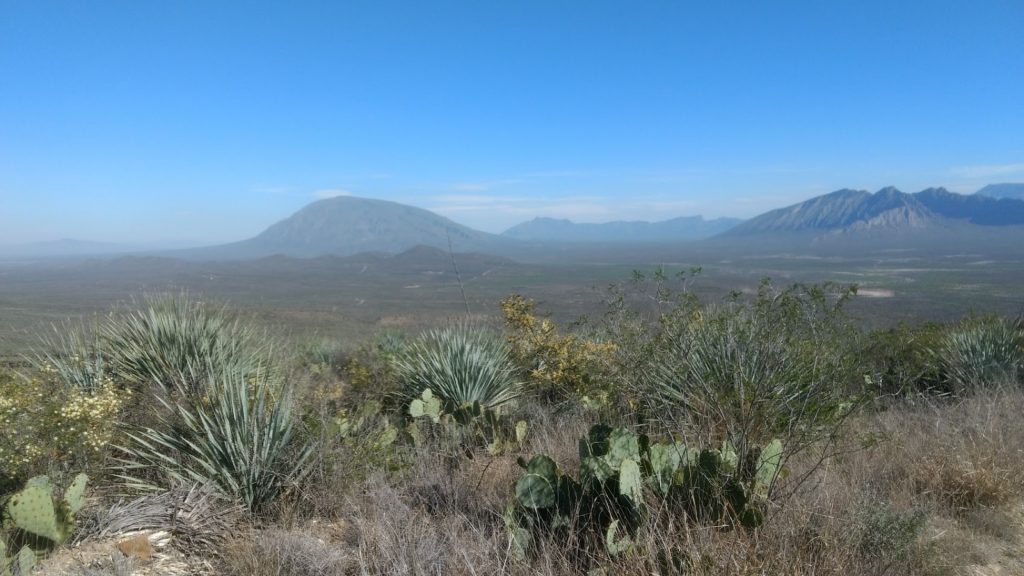
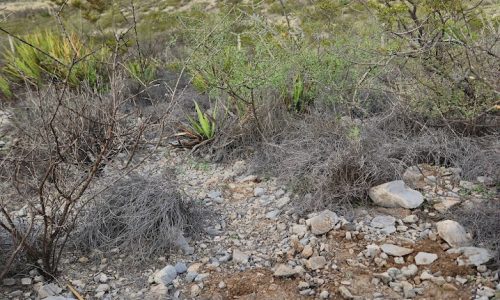
An important characteristic that these types of areas share is that they are environments where the loss of water through evaporation is much greater than that which enters through precipitation, in addition to the fact that the temperatures are extreme and, in general, the availability of nutrients in the soil is low, which causes the vegetation to be composed mainly of low-growing woody plants, as well as succulent plants and grasses that form xeric shrublands and grasslands (Briones, et. al., 2018).
The vast majority of plants that are part of the types of vegetation present in the arid regions of the country have great value not only from a biological point of view, but also from an economic and productive point of view for the human populations that inhabit these areas. such as maguey, yucca, oregano, lechuguilla, mesquite and governa, which provide drinks, fibers, medicines, wax, clothing, charcoal, paper, among other products (CONAFOR, 2018).
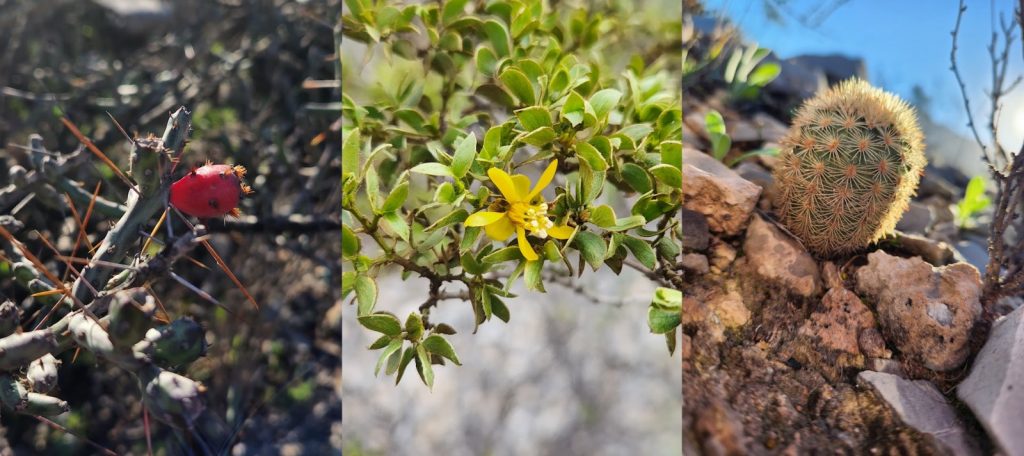
In the case of cacti, plants that are of great medicinal and nutritional use, there are multiple species such as nopales of the genus Opuntia, they provide vegetables and fruit (prickly pears) that are consumed by human populations, but are also used as fodder to feed livestock. Other species of cacti such as Lophophora williamsii, Echicocactus platyacanthus and Ferocactus Pilosus, They have been used as analgesics, hallucinogens and ingredients in various Mexican dishes, but unfortunately they have been used in an unsustainable way, which has caused these species to be currently considered in the risk category according to NOM-059-SEMARNAT- 2010 (Ramírez M., 2002; Narváez, et.al., 2018).
Additionally, arid and semi-arid zones protect a great diversity of fauna. Some of the most common species are cervids, such as “white-tailed deer.” Odocoileus virginianus, and “bighorn sheep” Ovis canadensis, which have been hunted above their population renewal rates, which is why it is currently under a risk category in NOM-059-SEMARNAT2010. Other common animals in these ecosystems are coyotes, Canis latrans, an omnivorous species attributed to the spread of seed germination and viability after passing through the digestive tract of shrubby shrub species such as Prosopis laevigata, Karwinskia humboldtiana and Diospyrus texana, (Gonzales, 2019; Mendoza, et., al., 2019).
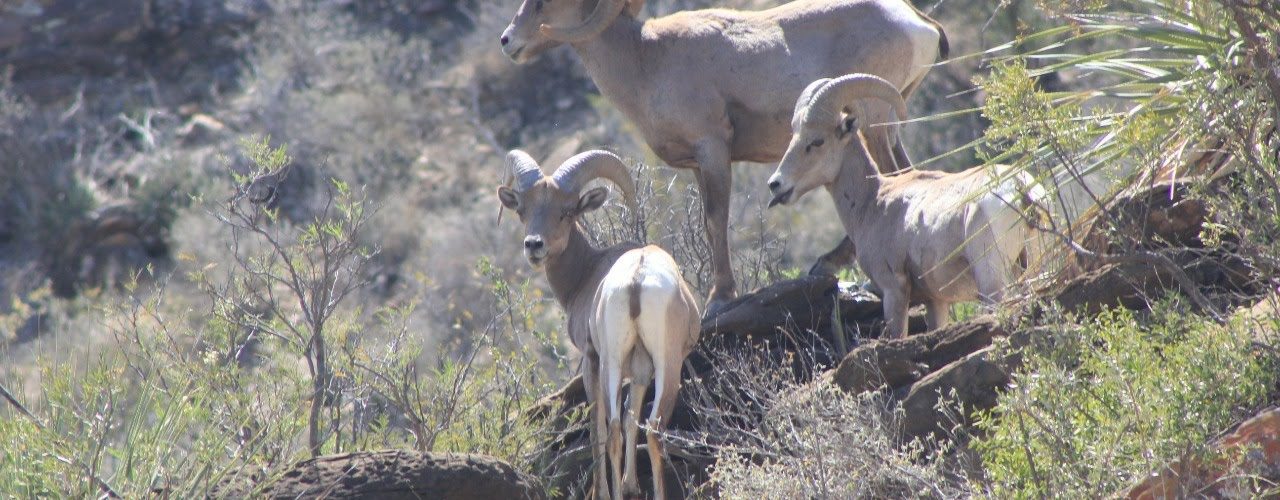
Likewise, in these regions there are species of great importance, such as the “prairie dogs” of the genus Cynomys, whose tunnel systems serve to channel water runoff, influence the properties and composition of the soil, in addition to improving aeration, keeping grazing lands in good condition, which favors large herbivores (Davies, et. al., 2012).
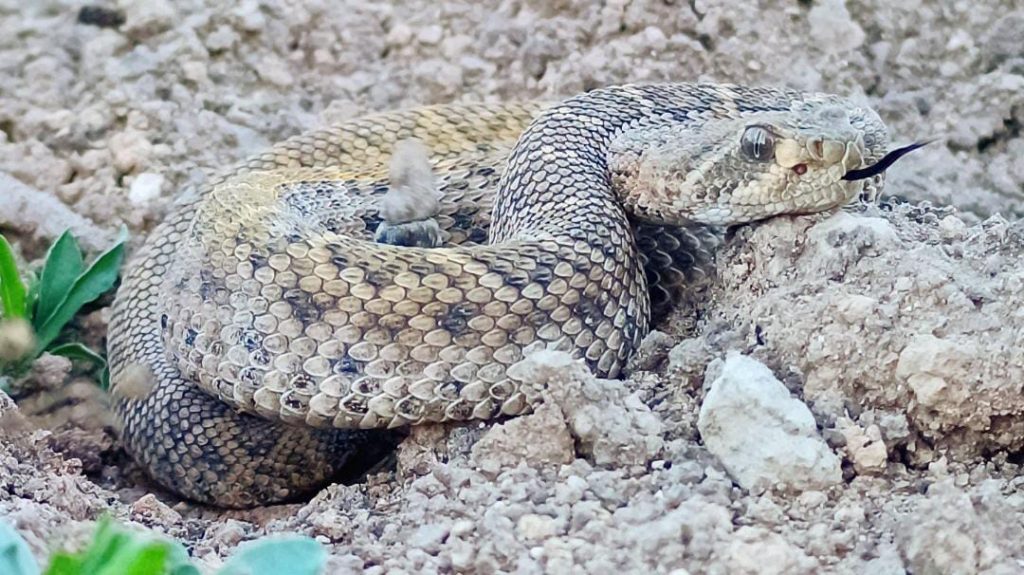
An important taxonomic group that is part of the arid zones are reptiles. In the country there is a great diversity of species of this biological group that have managed to adapt to extreme climates, such as snakes, whose most common species are those of the genus Crotalus, known as “rattlesnake”, which are considered effective pest controllers, since their diet is mainly based on small rodents (PROFEPA,2020).
Another important biological group that lives in these regions are arthropods, which have a great diversity of pollinators, which have a close relationship with plants, occupying a key position in the maintenance and conservation of natural and agricultural ecosystems, since that collect nectar from flowers, favoring the reproduction of plants. An example is bees, which carry a large amount of pollen in the hairs of their body, pollinating a large number of plants, in addition to being great producers of honey, which is considered of high quality and with medicinal properties (Dafni and O' Toole, 1994;Daily, 1997).
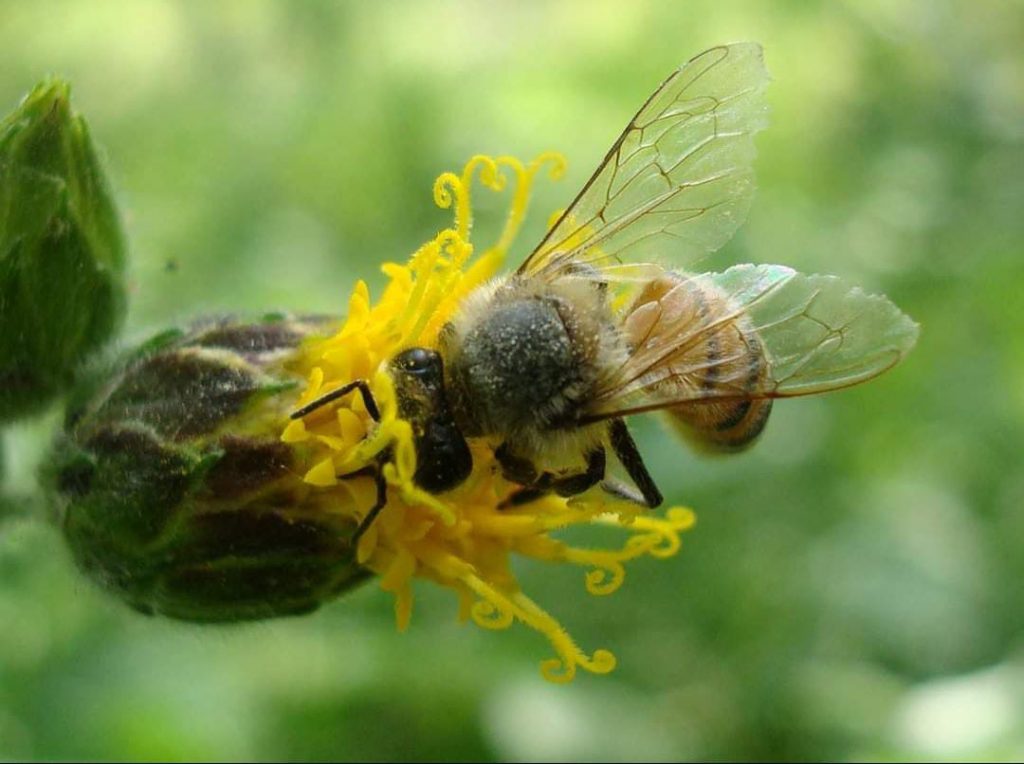
A call for the conservation and sustainable use of arid and semi-arid areas
Arid and semi-arid areas are of great importance from an environmental point of view due to the great biological wealth that inhabits them and the large amount of ecosystem services they provide, however, the expansion of unsustainable agricultural activities has caused the loss of large expanses of natural vegetation, putting various animal and plant species at risk of disappearance.
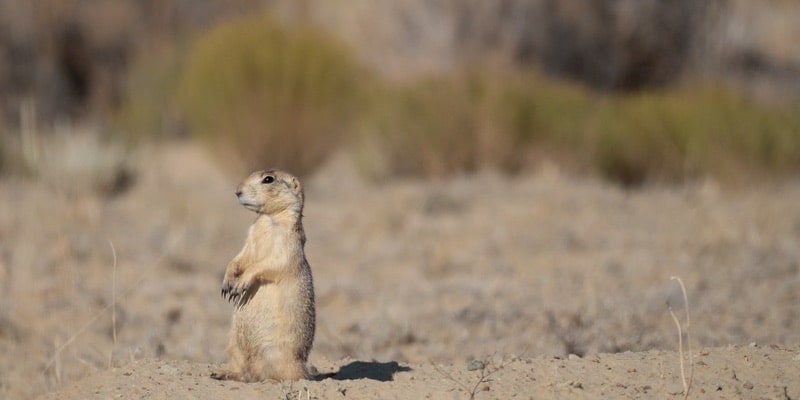
These unique ecosystems are home to a wide variety of species adapted to extreme conditions, which not only stand out for their high capacity for adaptability and resistance to extreme conditions, but also for their intrinsic and scientific value. The plants and animals of these regions have special adaptations that offer valuable opportunities to carry out scientific research, which could generate the knowledge necessary to generate innovative solutions to various local and global environmental challenges.
For all of the above, it is of vital importance to promote the sustainable use of the arid and semi-arid areas present in the country, not only to be able to conserve the enormous biodiversity that lives there, but also to benefit the human communities that use this biological wealth. . Protecting these types of areas guarantees the sustainability and resilience of our natural environment, promoting an ecological balance that benefits both the environment and society.
Bibliography
Briones, O., Búrquez, A., Martínez-Yrízar, A., Pavón, N., & Perroni, Y. (2018). Biomasa y productividad en las zonas áridas mexicanas. Madera y bosques, 24(SPE).
CONAFOR, 2018. Las zonas áridas son más que desierto. gob.mx. https://www.gob.mx/conafor/es/articulos/las-zonas-aridas-son-mas-que-desierto?idiom=es
Dafni, A. y C. O’Toole. (1994). Pollination syndromes in the Mediterranean: Generalisations and peculiarities. In Plant-animal interactions in Mediterranean-type ecosystems, M. Arianoutsou y R. H. Groves (eds.). Kluwer Academic, Dordrecht, Netherlands. p. 125-135
Daily, C. (1997). Nature’s services: societal dependence on natural ecosystems. Island, Washington, D.C. 392 p.
Davies, J., Poulsen, L., Schulte-Herbrüggen, B., Mackinnon, K., Crawhall, N., Henwood, W. D., … & Gudka, M. (2012). Conservación de la biodiversidad de las tierras áridas. IUCN: Gland, Switzerland, 84. https://catalogue.unccd.int/124_2012-050-Es_0.pdf
García Hernández, J. and E. Jurado. 2008. Caracterización del matorral con condiciones prístinas en Linares N. L., México. Ra Ximhai 4:1-21
Granados-Sánchez, D., A. Sánchez-González, V. Granados, L. Ro and A. Borja de la Rosa. 2011. Ecología de la vegetación del desierto chihuahuense. Revista Chapingo serie ciencias forestales y del ambiente 17: 111-130. https://doi.org/10.5154/r.rchscfa.2010.10.102
González Pérez, A. (2019). Mamíferos del Orden Carnívora como dispersores de semillas en una zona Semiárida del Estado de Puebla (Doctoral dissertation, Tesis de Maestría. Universidad Autónoma Metropolitana. (UAM). http://tesiuami. izt. uam. mx/uam/aspuam/ver_texto. php).
Jurado Guerra, P., Velázquez-Martínez, M., Sánchez-Gutiérrez, R. A., Álvarez-Holguín, A., Domínguez-Martínez, P. A., Gutiérrez-Luna, R., … & Chávez-Ruiz, M. G. (2021). Los pastizales y matorrales de zonas áridas y semiáridas de México: Estatus actual, retos y perspectivas. Revista mexicana de ciencias pecuarias, 12, 261-285.
Mendoza, H. V., Uribe, A. L. B., Martínez, M. M., Amado, J., & González, G. (2019). Dispersión de semillas de chapote (Diospyros texana Scheele) por fauna silvestre en un área semiárida. In IV Congreso Internacional y XV Congreso Nacional sobre Recursos Bióticos de Zonas Áridas (p. 118).
Narváez, E. R. E., Silva, M. L. E., & Breen, M. W. (2018). El brebaje del desierto: usos del peyote (Lophophora williamsii, Cactaceae) entre los cazadores recolectores de Nuevo León. Centro de Investigación Científica de Yucatán, AC (CICY), 10, 186-196. https://www.cicy.mx/Documentos/CICY/Desde_Herbario/2018/2018-08-30-RNarvaez-El-brebaje-del-desierto.pdfRivera, A. V., Manuell, I., & Godínez, H. (2004). Las costras biológicas del suelo y las zonas áridas. Ciencias, 75, 24-27.
PROFEPA, 2020. Presencia de Reptiles en México. gob.mx. https://www.gob.mx/profepa/articulos/presencia-de-reptiles-en-mexico?idiom=es
Ramírez, M. C. C. (2002). Plantas de importancia económica en las zonas áridas y semiáridas de México. UNAM, Instituto de Geografía. http://www.observatoriogeograficoamericalatina.org.mx/egal10/Procesosambientales/Usoderecursos/08.pdf